Cobots, also known as collaborative robots, are becoming a valuable technology in many industries. But what about their role in education?
In this article, we’ll look at how cobots are helping education by changing classrooms and making students more interested. Come along with us as we explore how cobots are changing the way we learn.
Short History of Cobots:
Cobots are meant to be safe and easy to use, thanks to their smart sensors and clever programs. They aim to improve productivity without replacing jobs. Cobots come in different sizes to handle various tasks, like manufacturing, healthcare, and logistics.
Since the 1990s, people and robots have been working together safely, thanks to better sensors and programming. Today, cobots excel in industries such as manufacturing, healthcare, and logistics.
Cobots & Education:
The growing need for tech knowledge and getting students ready for the future job market has brought cobots into education. They bring special chances to change classrooms and give students practical learning.
Role of Cobots in Modern Classrooms:
Cobots play a crucial role in improving education. They help teachers with tasks like setting up experiments, grading assignments, and giving quick feedback to students. This means that teachers can concentrate on giving personalized instruction since cobots take care of the routine tasks.
Cobots are like learning tools. They allow students to work with modern tech and pick up useful skills needed for jobs. Working with cobots helps students learn about robotics, automation, and programming.
One example is the Mirobot Professional Kit by WLKATA Robotics.
The Mirobot is a flexible cobot made for education. It’s lightweight and accurate, with a 0.2mm positioning precision, making it suitable for many tasks. It provides three ways to control it: through a PC, the Mirobot Bluetooth Controller, or a mobile app, which suits users with varying skill levels. What’s more, it comes with the Multifunctional Box (Extension Module) to improve connectivity, supporting WIFI, BT Bluetooth, and RS485 protocols.
Advantages of Using Cobots in Education:
There are many good things about using cobots in education for both students and teachers. Let’s take a closer look at these advantages.
1. Engaging Student Better:
Cobots have a big advantage in education because they make learning more interesting. Their interactive features grab students’ attention and make learning enjoyable. When cobots are part of the learning process, students actively participate and stay focused on lessons.
2. Hands-On Learning:
Incorporating cobots into education helps students apply what they learn in the classroom to real-life situations. Working with cobots gives students practical skills and problem-solving abilities, preparing them for future jobs.
3. Connecting Theory & Practice:
Cobots provide a hands-on learning experience, allowing students to directly interact with concepts. By programming and controlling cobots, students gain a better grasp of STEM subjects (science, technology, engineering, and mathematics). This hands-on learning encourages critical thinking and creativity.
However, there are some challenges in using cobots in education. Let’s discuss these challenges and explore possible solutions.
Challenges of Using Cobots in Education:
Cobots offer great advantages in education, but we also face some challenges that must be tackled for a successful use.
1. Technical Issues:
Using cobots in schools can be slowed down by some tricky technical issues like cost and compatibility. To solve this, schools can get better technology and help teachers learn how to use cobots. In addition, they can also work with businesses to share the costs and knowledge.
2. Adapting to Change:
Introducing new technology, like cobots, can be challenging for teachers. They might feel unsure or worried about using cobots in their teaching. To assist with this, schools can organize training programs and workshops to educate teachers about the benefits of cobots and how to incorporate them into their classes.
Future of Education:
Cobots in education are always changing with the latest trends. Cobot technology is evolving a lot because of progress in artificial intelligence and machine learning. These changes mean cobots will become smarter and adapt to each student’s needs, making learning more personal. Plus, when we combine virtual reality and augmented reality with cobots, learning gets more engaging.
When we look to the future of education, as cobots become more common in classrooms, they’ll change the way we learn. Students will work with smart cobots, which will boost creativity and help with problem-solving.
Conclusion:
In short, cobots are reshaping education by making learning practical and interactive.
Despite some challenges, as cobot technology advances, the future of education holds the promise of personalized and immersive learning experiences that transform classrooms and enhance creativity and problem-solving skills.
Do you want to compare different Educational Cobots?
Join the Qviro community to discuss and explore how cobots are transforming education with industry experts. Join the Qviro Community
Are you looking for a System Integrator?
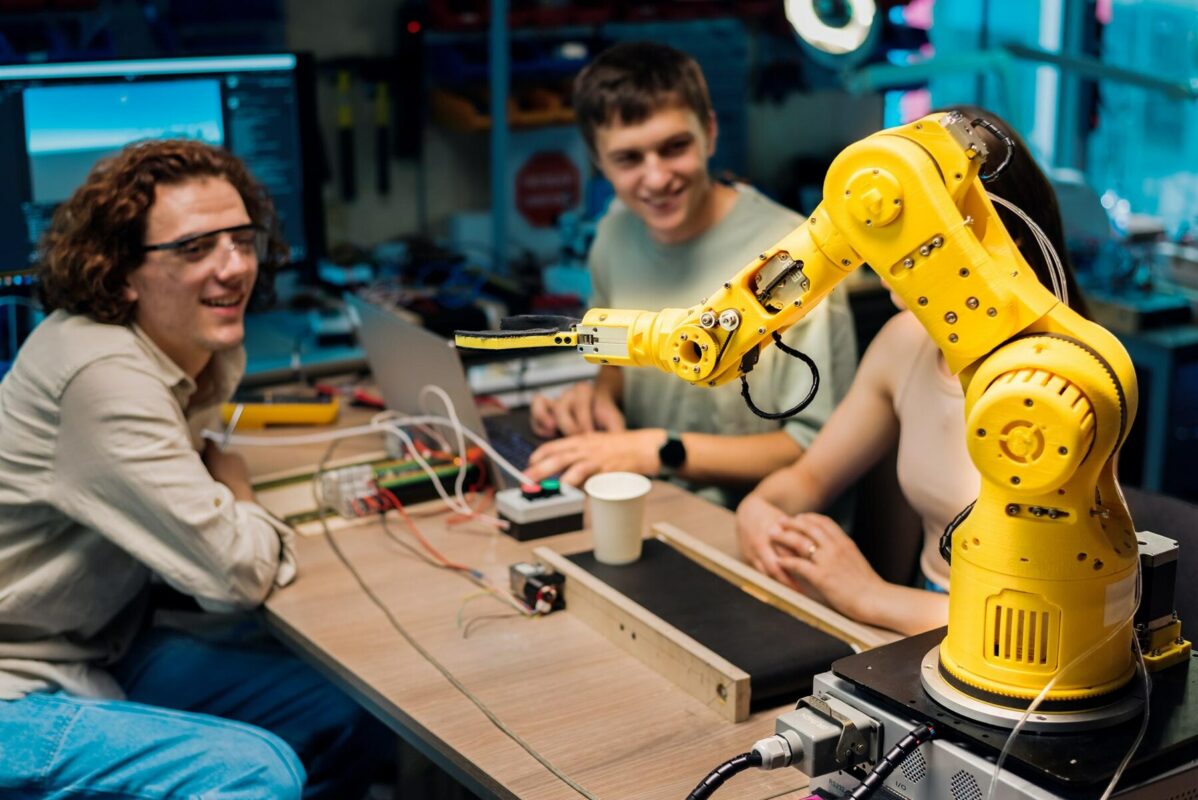
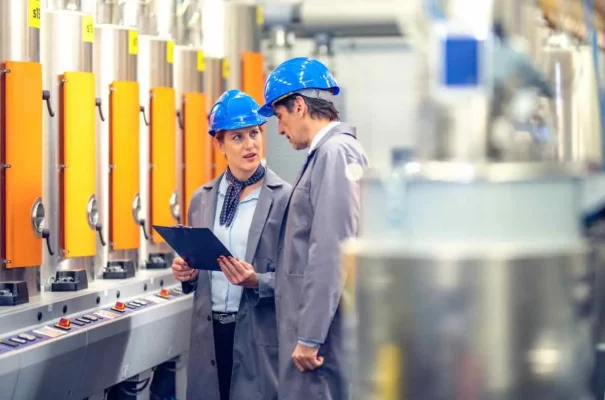
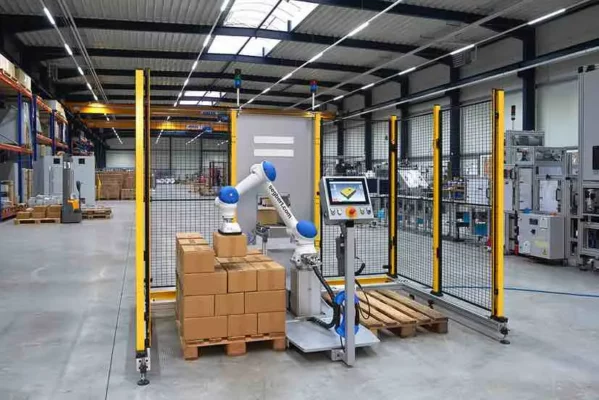
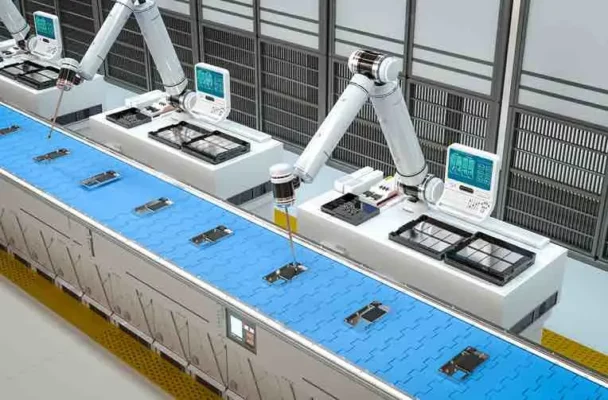

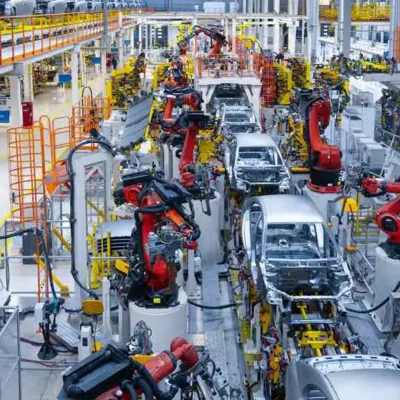
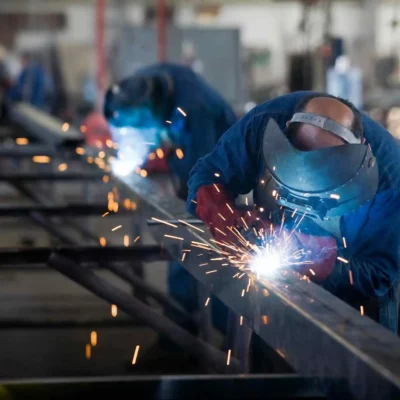
I like this site very much so much fantastic information.
I like this site! Glad I found this.